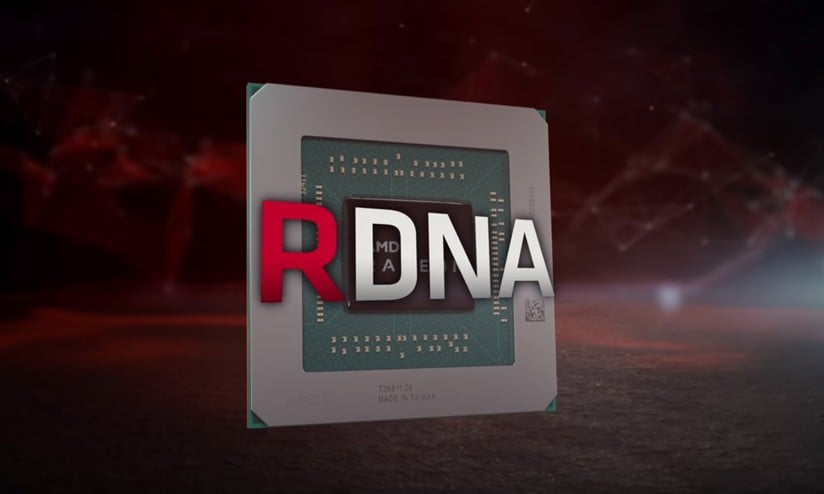quickutilities – AMD’s RDNA 4 generation struggled to impress in high-end gaming GPUs. Now, fresh leaks reveal that AMD plans to return with RDNA 5 GPUs designed to compete directly with Nvidia’s upcoming RTX 6090. These next-generation chips aim to close the performance gap and offer better options for gamers and professionals alike.
Read More : AltBalaji App Banned by Government Over Obscene Content
Leaker Moore’s Law Is Dead (MLID) shares that AMD will fabricate RDNA 5 GPUs on TSMC’s advanced N3 process node. The lineup will include a large flagship die called AT0, aimed at both high-end gaming and high-performance computing (HPC). The flagship models could feature up to 184 or even 200 compute units (CUs). Some top versions will support PCIe 6.0 and carry massive VRAM capacities between 96 GB and 128 GB. These models are likely to serve data centers and HPC markets, priced above $5,000.
For gamers, AMD will release a high-end model with 154 CUs, 36 GB of GDDR7 VRAM, and PCIe 5.0 support. This RX 10090 XT model reportedly offers 264% more performance than the RTX 4080, with 1,728 GB/s memory bandwidth and a 380W power draw. Although the exact performance gains may be slightly lower, this GPU is expected to challenge Nvidia’s upcoming RTX 6090 directly. This leak signals AMD’s aggressive push to regain ground at the high end. If these claims hold true, RDNA 5 could mark a significant leap over the current RDNA 4 generation, which underperformed on both price and performance fronts.
Mid-Range RDNA 5 GPUs to Target Affordable Gaming Market
Alongside high-end models, AMD plans mid-range RDNA 5 GPUs based on the AT2 die. These chips will succeed the current RX 9070 series, aiming to improve performance while maintaining competitive pricing. The RX 10070 XT, the top mid-range model, features 64 CUs, 18 GB of GDDR7 VRAM, and a 192-bit memory bus. It targets a sub-$550 price point and claims to deliver 120% of the RTX 4080’s performance.
Other mid-range variants include a 48-CU RX 10070 GRE model with 15 GB VRAM, expected to perform on par with the RTX 4080. A 44-CU RX 10060 XT model with 12 GB VRAM will likely compete against Nvidia’s RTX 5070. Interestingly, AMD’s RDNA 5 lineup appears to drop the Infinity Cache used in previous generations. Instead, the company might adopt 3D stacking for L3 cache, potentially improving efficiency and performance.
Read More : Intel Nova Lake Chip to Feature 28 Cores, Rivals X3D
AMD may also release additional models such as the 10090 XTX, 10080 XT, and 10050. MLID cautions that these details are based on insider sources and remain subject to change before the 2027 launch. If AMD delivers on these plans, RDNA 5 GPUs could strengthen their competitive edge in both high-end and mid-range segments. This new generation may finally offer gamers a powerful alternative to Nvidia’s latest offerings, while also expanding AMD’s reach in data center and HPC markets.


